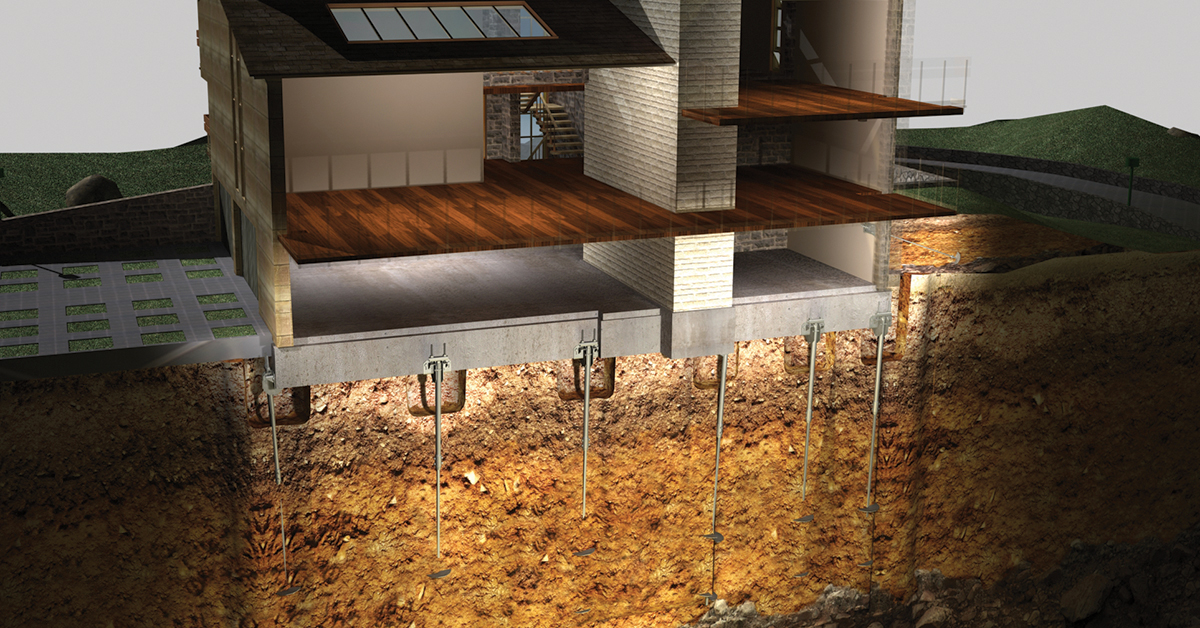When building a new home, short-term decisions usually include what floor tile to use in the kitchen or which coverings to put on the living room bay windows. Few homeowners think about which type of foundation offers the best long-term stability.
Most homeowners defer this important decision to their contractors, believing the builder is best-suited to make that decision. While this belief is true, contractors can only make decisions using the information the homeowner provides.
However, with little to no information about the soil they’re building on, contractors cannot know whether any foundation will perform as it should; performing a proactive soil investigation can eliminate that uncertainty and allow the builder to choose the most beneficial foundation option.
Even though a soil investigation may seem like just another expense, it’s a crucial investment in the long-term stability and value of your home. Skipping this step can lead to foundation deterioration and significant remediation costs in the future.
Shallow foundations transfer the building load to soils at or near the surface. As the most common and least costly foundation options, they work in superficial soils (less than 5 feet deep) and are strong enough to support the building with acceptable settlement.
Don’t build your dream home on a shallow foundation before doing the following steps! Make these few conscientious decisions for more long-term savings on your home’s foundation.
- Consult with a geotechnical or structural engineer. Hire an expert to work with the construction team building your home. A soil and structure design specialist offers valuable insight into what kind of material your structure sits upon. This information will help the builder decide what type of foundation will work best and will fall within the allotted budget.
- Conduct a soil investigation. Study the soil extensively or commission a geo-technical report to identify what kind of land your house will stand on. Even if the soil investigation is something as simple as a test pit, it will help contractors know what kind of foundation would be the best fit. For instance, a simple test may reveal that shallow foundations won’t work, but a deep foundation like helical piles will.
- Check with local building authorities. Consult local building departments regarding minimum requirements for foundation construction in your area. Each jurisdiction has specific characteristics and requirements that must be considered, such as expansive soils, uplift resistance, drainage, slope stability, and more.
It’s easy to gravitate toward prefab construction and shallow foundations but be a proactive homeowner. Make sure you can give your contractor a complete picture of your local soil conditions and understand that you have options when it comes to your home’s foundation.
To talk to your local Civil Distributor about soil conditions and foundation options in your area, go to our contact page.

